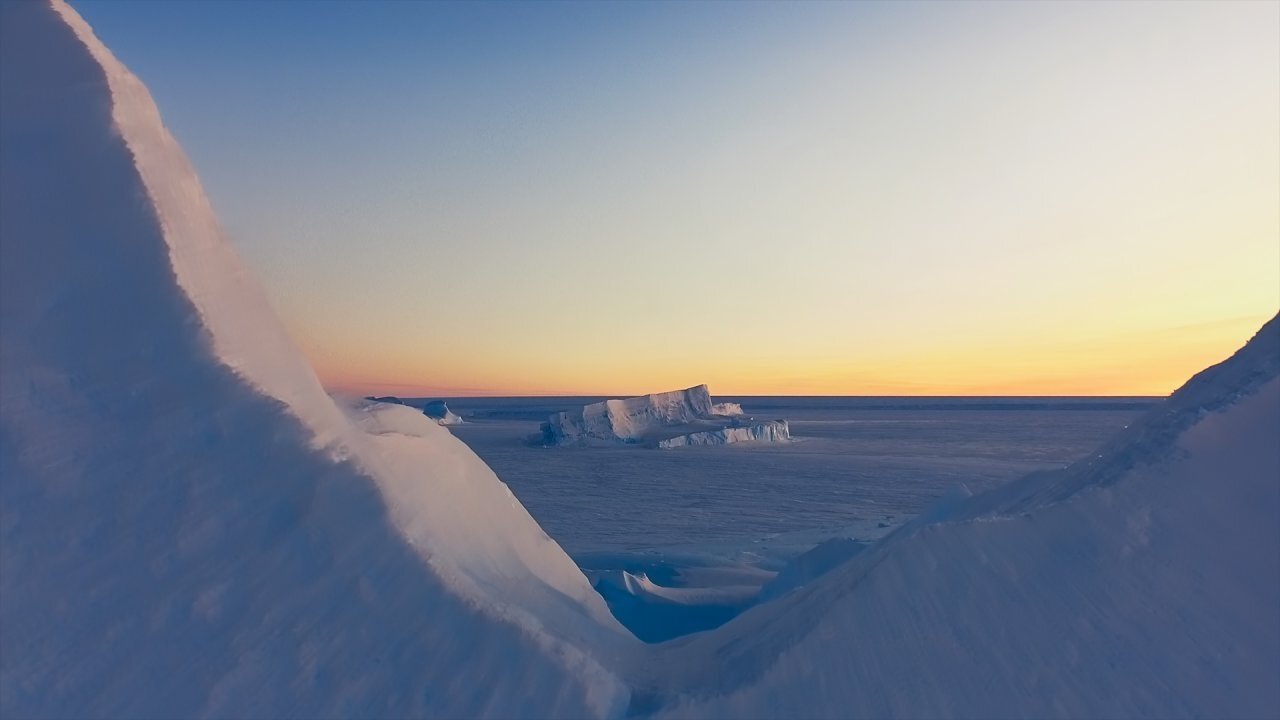
Antarctica (2020)
Antarctica is the most extreme continent on our planet—higher, colder, and even drier than any other on Earth, and although it is thousands of miles away, what happens here affects every single one of us.

Antarctica is the most extreme continent on our planet—higher, colder, and even drier than any other on Earth, and although it is thousands of miles away, what happens here affects every single one of us.
 Benedict CumberbatchSelf - Narrator
Benedict CumberbatchSelf - NarratorOcean Voyagers explores the familiar themes of motherhood and parenting in a world as unfamiliar as it is breathtaking. Featuring a precocious newborn humpback calf and his enormous 40 ton mother, we are taken on a journey of discovery into their world.

Humans hunt for baby apes. But things are not always done properly when chimpanzees and orangutans are acquired for zoos or shows. And even the endangered bonobos are no exception.
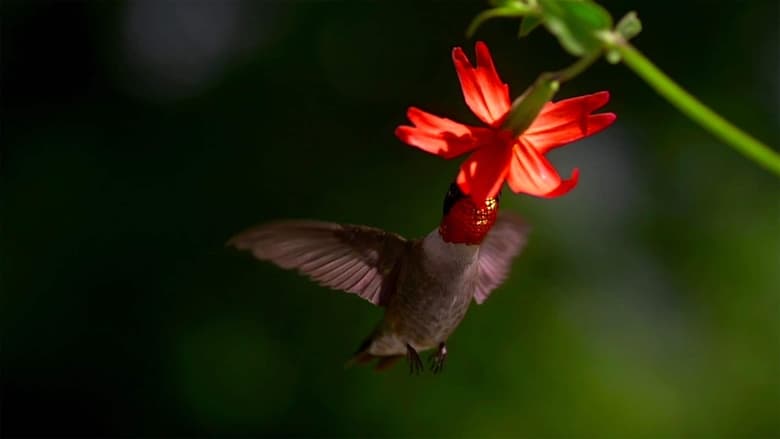
Half of all bird species undertake annual migrations, everything from heavy-bodied swans to delicate hummingbirds. Migration is one of the most remarkable phenomena on the planet, hosts of animals of all shapes and sizes demonstrating incredible feats of endurance.
A look at the life on the Galápagos Islands.
An examination of whales.
Filmed over the course of two decades, this beautiful portrait of North America's Pacific Coast will show off its abundance of marine life. But it wasn't always so. The richly illustrated action sequences of whales, seals, dolphins, sharks, sea otters and seabirds combine to make this an unforgettable and inspirational story.
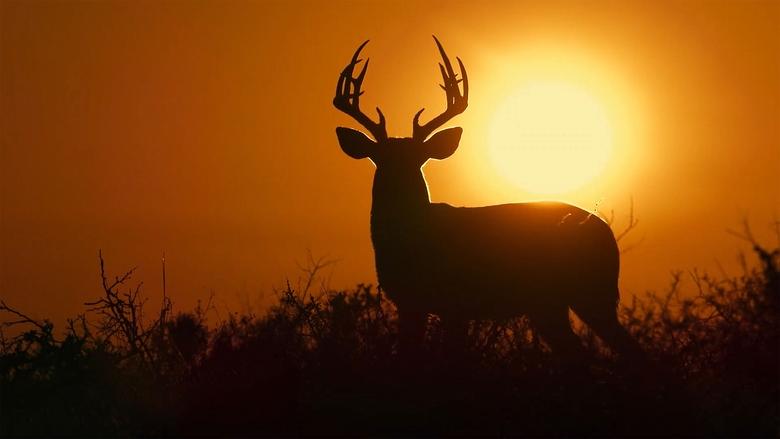
Directed by award winning filmmaker Ben Masters, Deep in the Heart is a visually stunning celebration of Texas’ diverse landscapes and remarkable wildlife found nowhere else. Told through the eyes of wildlife species ranging from the mysterious blind catfish to the elusive mountain lion, the film follows our ever-changing relationship with the natural world and how we affect it. Narrated by beloved Texan, Matthew McConaughey, the film aims to safeguard our remaining wild places and to recognize the importance of Texas’ conservation on a continental scale.
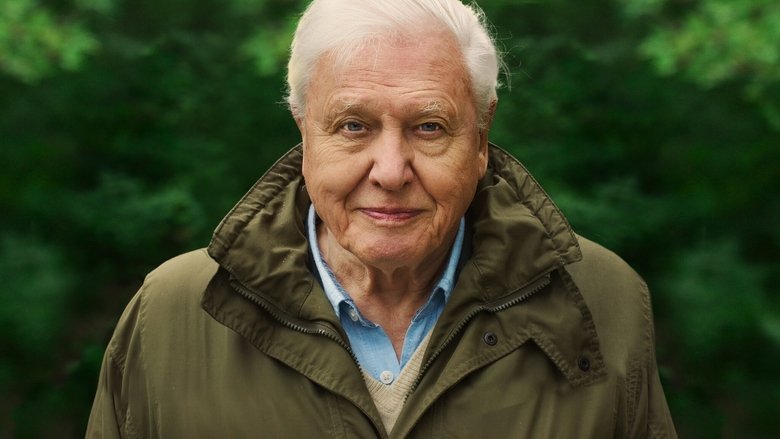
The story of life on our planet by the man who has seen more of the natural world than any other. In more than 90 years, Attenborough has visited every continent on the globe, exploring the wild places of our planet and documenting the living world in all its variety and wonder. Addressing the biggest challenges facing life on our planet, the film offers a powerful message of hope for future generations.
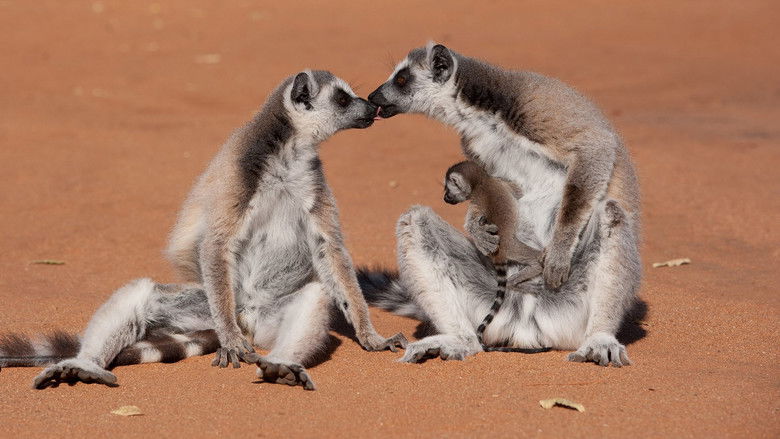
The incredible true story of nature’s greatest explorers—lemurs. Through footage captured with IMAX 3D, audiences go on a spectacular journey to the remote and wondrous world of Madagascar. Join trailblazing scientist Patricia Wright on her lifelong mission to help these strange and adorable creatures survive in the modern world.
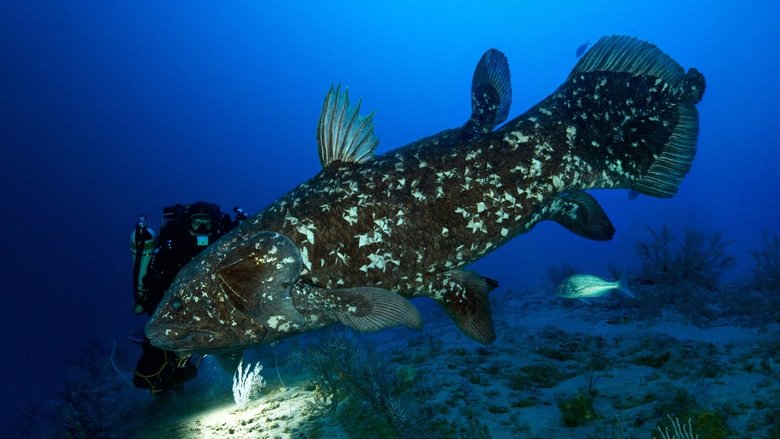
Gombessa Expedition 1 To dive for the Coelacanth is to go back in time. In 1938, when it was known only as a fossil, a Coelacanth was discovered in South Africa in a fisherman's net. This species bears witness to an evolutionary bifurcation 380 million years ago, and bears the marks of a great event: the day the fish left the ocean for the open air. Does it hold the secret to the transition to walking on land? In 2010, a marine biologist and outstanding diver, Laurent Ballesta, took the first photographs of the Coelacanth in its ecosystem. In April 2013, divers and researchers set down their equipment at the Sodwana base camp in South Africa, in the club founded by Peter Timm (who died in 2014). Six weeks of extreme diving at depths of over 120 meters, in an attempt to film the Coelacanth with a double-headed camera, collect its DNA and tag a subject with a satellite-linked beacon...

Some 220 miles above Earth lies the International Space Station, a one-of-a-kind outer space laboratory that 16 nations came together to build. Get a behind-the-scenes look at the making of this extraordinary structure in this spectacular IMAX film. Viewers will blast off from Florida's Kennedy Space Center and the Baikonur Cosmodrome in Russia for this incredible journey -- IMAX's first-ever space film. Tom Cruise narrates.

A young man and his young elephant street beg in gritty Bangkok amid the controversial elephant business that threatens their survival, until the opportunity comes to release the elephant to the wild.
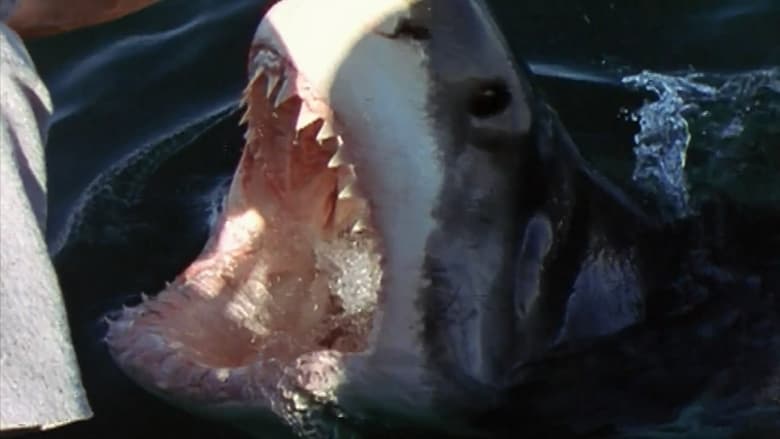
See the world's first MRI scan of a great white shark as Ultimate Shark reveals the extreme engineering and predatory abilities of one of nature's most near perfect predators. Hear firsthand accounts of people who survived harrowing encounters, including a surfer who was bitten on the arm and leg, towed by the surfboard ankle strap and miraculously escaped only with minor injuries. National Geographic demystifies the true motives and power behind their behavior.
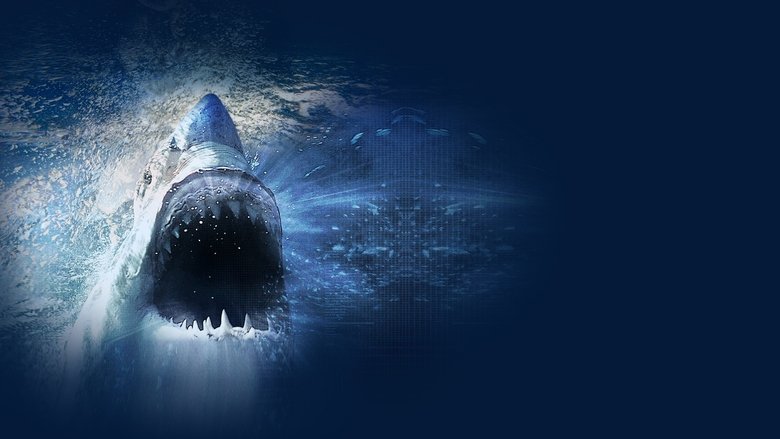
Peter Gimbel and a team of photographers set out on an expedition to find and film, for the very first time, Carcharodon carcharias—the Great White Shark. The expedition lasted over nine months and took the team from Durban, South Africa, across the Indian Ocean, and finally to southern Australia.
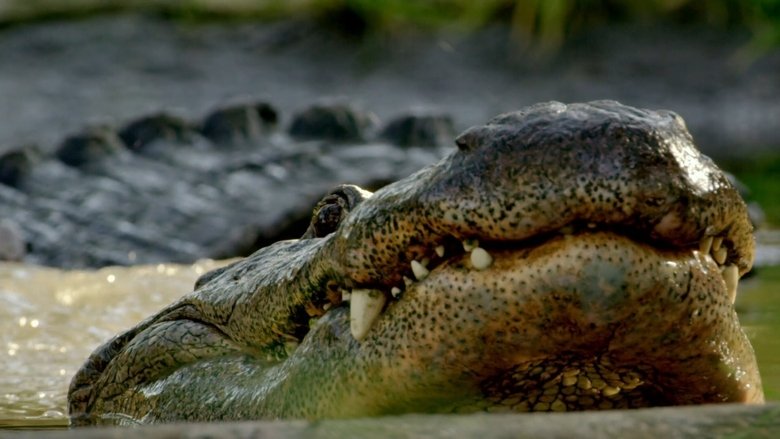
Florida is home to beaches, coral reefs, pine forests and the famous Everglades wetland, but a growing human population and abandoned exotic pets like pythons are threatening this wild paradise. Can Florida’s ecosystems continue to weather the storm?

A documentary about a 15-day river-rafting trip on the Colorado River aimed at highlighting water conservation issues.
The Rivers of Africa shape the lives of those who call their banks home- in the African wilderness there can be no life without water. The continents rivers are the focal point of the dramas of the bushveld- the same river that gives life also harbours death. For the many creatures that live along Africa's rivers - the need to quench their thirst is an essential part of their lives- but rivers such as the Mara in Kenya are a barrier for animals where death comes in many guises- but each animal has their own way of navigating these treacherous waters.
JV and Gillian are given the task of reintroducing three magnificent cheetahs- two of which are the rare King Cheetah- back into their natural surroundings. JV and Gillian document and share their story as they follow the lives of the three cub's journey from cub to adulthood in the Tswalu reserve. We follow all the trials and tribulations as the young cubs navigate their new world and learn to survive in their desert home. Filled with hope and heartbreak it's a gripping tale in which we witness the extraordinary return of the Kings.
The charismatic Snow Leopard is the least understood of all the big cats and one of the most challenging to film. Over a period of five years, veteran Indian wildlife filmmakers, Naresh and Rajesh Bedi endured extreme cold and the thin air of the Himalayas in their daunting quest to reveal the secret lives of these elusive predators, ultimately with great success.
Documentary about the life of explorer Jacques Cousteau.